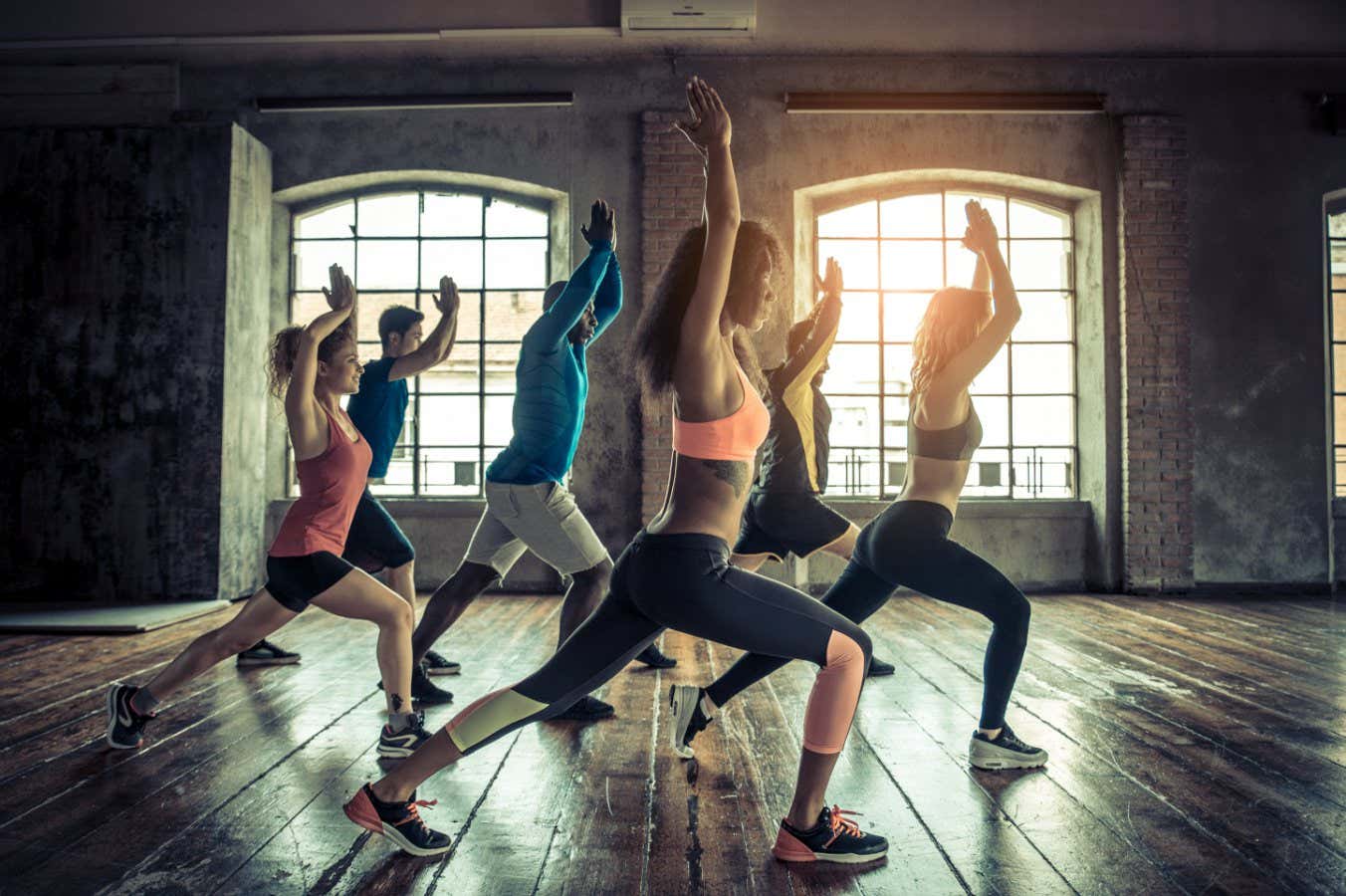

Exercising while wearing foundation can change our skin’s characteristics
oneinchpunch/Shutterstock
Wearing foundation while exercising may affect the health of the skin by changing its pore size and the subsequent release of sebum, which plays a role in keeping it healthy.
Sukho Lee at Texas A&M University, San Antonio, and his colleagues recruited 43 college students, 20 men and 23 women. The participants first washed their faces with a cleanser. The researchers then measured skin variables on different areas of their faces, including pore size and sebum production.
Next, a single layer of foundation was applied to all the participants’ faces, either their foreheads or cheeks, depending on which they preferred.
They then did a moderate 20-minute workout, consisting of running on a treadmill for 5 minutes at 3 miles per hour (mph), for 10 minutes at 4 mph and for 5 minutes at 5 mph.
After the workout, the researchers repeated the various skin measurements, finding that sebum was reduced on the areas with foundation compared with those without make-up.
“This is a gleaming example of the deleterious effects of make-up use during exercise,” the researchers wrote in their paper. “In this study, make-up use clogged the pores, which led to a negative sebum score.” The optimal amount of sebum is unclear, with too much being linked to acne and too little causing skin irritation.
The size of the participants’ pores also significantly increased in the areas without foundation, while there was no meaningful change to those in the made-up areas. This suggests that the foundation may have restricted pores from naturally enlarging during exercise, preventing the release of sebum and sweat, which moisturises and cools skin. The researchers didn’t assess whether these changes were linked to any skin issues.
Wearing foundation while exercising may not have a big effect on most people who do relatively short workouts, but “we don’t know the impact for endurance-type athletes”, says Lee. The team now hopes to investigate the effects during longer exercise routines.
Shari Lipner at Weill Cornell Medicine in New York says that the study’s split-face design is a good approach, but our skin’s characteristics vary on different parts of our face, complicating comparison. In addition, skin on the nose and around the mouth and eyes differs in thickness compared with that on the forehead or cheeks, so ideally these areas should have also been studied, she says.
Topics:








